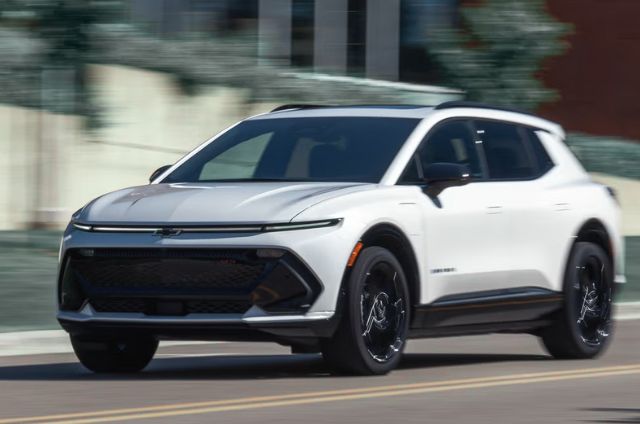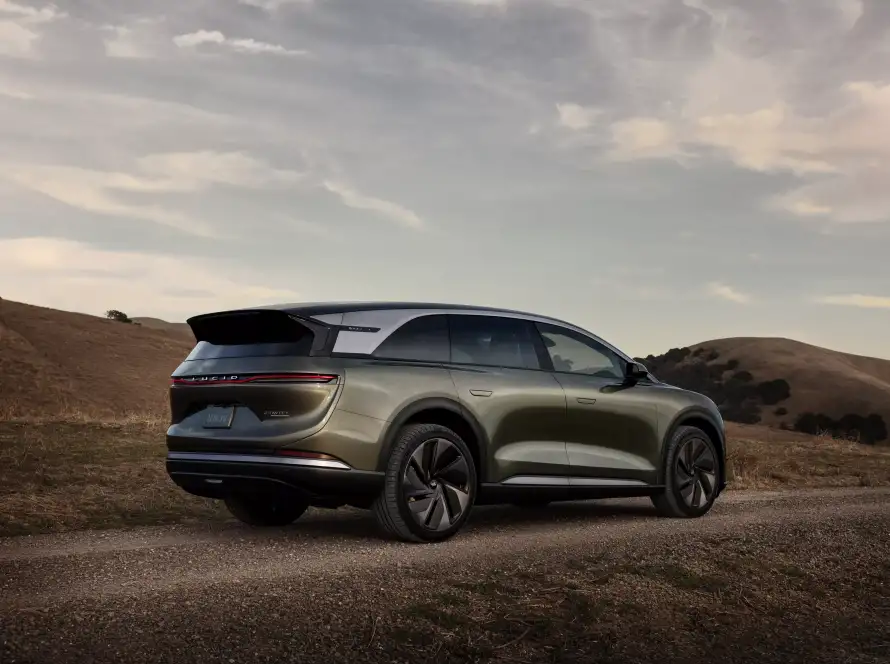Cost: Premium or Practical?
Tesla’s lineup skews premium. The Model 3 starts around $39,000, and the Model Y climbs to $47,000. Its luxury offerings, like the Model S and X, can cross the $90K mark. Tesla offsets this with lower long-term maintenance and regular over-the-air updates.
BYD takes a more accessible approach. Entry-level models such as the Seagull and Dolphin start under $20,000 in China. Even high-end options like the Han and Tang remain significantly below Tesla’s pricing in global markets.
Charging: Speed vs Access
Tesla’s Supercharger network remains a major advantage. V3 chargers can hit 250 kW, allowing 80% charge in around 25 minutes. Its system is streamlined, proprietary, and increasingly open to other brands.
BYD’s newer EVs, built on e-Platform 3.0, support charging speeds up to 150 kW. A charge to 80% typically takes 30–40 minutes. The company relies on third-party charging infrastructure, which can vary in reliability by region.
Range: Going Further
Tesla models are known for their range. The Model S Long Range delivers over 400 miles, and even the Model 3 Standard Range gets close to 300. This consistency comes from Tesla’s battery tech and aerodynamic designs.
BYD offers competitive range, particularly on the Han EV, which reaches 376 miles under China’s CLTC standard. However, under stricter global testing, most BYD models fall slightly behind Tesla in real-world conditions.
Reliability: Build Quality vs Brand Perception
Tesla’s powertrain and battery reliability are strong. But quality control issues—misaligned panels, paint flaws, and touchscreen bugs—persist across regions.
BYD benefits from full vertical integration, allowing tighter control over manufacturing. Customer satisfaction remains high in its home market, though long-term data in new markets is still developing.
Technology: Who’s Smarter?
Tesla’s tech edge is clear. From Autopilot and Full Self-Driving to over-the-air upgrades and an AI-driven architecture, it builds cars like a software company.
BYD is catching up with DiPilot and modern infotainment, but doesn’t yet match Tesla’s autonomy features or ecosystem depth.


